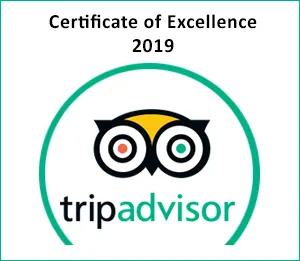Chennai (Madras) Dance & Music Festival
Chennai (Madras) Dance & Music Festival: This classical tradition is a display of ancient and sophisticated art forms that stretch back over thousands of years. Originating in the temples and performed by the Devdasi's, the classical styles have been associated with the mythology, philosophy, and spiritual beliefs of the Hindu culture and, in more recent times, the Islamic tradition. Classical dance has its roots in the Natya Shastra, the earliest known written text on Dramaturgy. Attributed to the Sage Bharat in the second century, this Sanskrit treatise defines drama by combining speech, mime, dance, and music. These dance styles and the principles governing the technique and aesthetics employed are ancient yet still manage to captivate the audience.
The Chennai Music and Dance Festival is a celebration of classical music and dance from South India. It occurs between mid December & mid January in Tamil Nadu’s capital city of Chennai (India’s 3rd largest city). This Indian festival is held by various 'sabhas' (organizations) at a number of venues around the city, including auditoriums, well-known temples and some of the historic sites of Chennai. The month long dance and music extravaganza has performances by famous artists from all over India.
The Chennai Dance & Music Festival was originally organized as The 'Margazhi festival of dance and music'. It started back in 1927, to commemorate the anniversary of Madras Music Academy every December. The festival was later adopted by various organizations which held art festivals in different parts of the city.
The Chennai Dance & Music Festival is held in December because the Tamil month of 'Margazhi' (December) is a sacred month for Hindus. South Indian classical music (Carnatic Music), which has its roots in devotion to the Gods, has been a traditional form of worship for many millenniums.
This festival of India brings the city to life and has developed into a cultural extravaganza with more than 2000 participants. Performances include vocal and instrumental music along with solo and group dance, both by upcoming and established artists. This gives the newer talent artists an opportunity to perform alongside the famous artists. The music includes songs in various South Indian languages like Tamil, Telugu and Kannada played on traditional instruments such as; the flute, 'veena' (a large string instrument) 'goottuvadyam' (similar to veena but without frets), 'nagaswaram' (pipe), 'thavil' (percussion instrument), 'mridangam' (drum), and the 'ghatam' (a mud pot).

